Sharks are often called the kings of the ocean, but there are many other fish—some much smaller than sharks—that can be just as dangerous, aggressive, or even deadly.
These predatory species inhabit both the oceans and freshwater rivers across the planet.
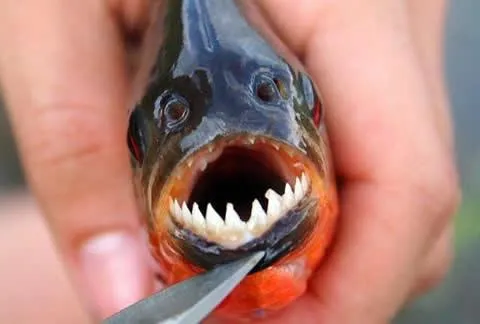
This article introduces the most dangerous fish in the world, describing their appearance, behavior, and why they are feared.
Habitat: Primarily found in the rivers and floodplains of the Amazon Basin and other South American waterways.
Characteristics and Dangers:
Piranhas are generally small, averaging 20–35 cm in length, but they often travel in large, coordinated schools.
They possess razor-sharp, triangular teeth that allow them to tear into prey quickly and efficiently.
In normal conditions, they feed mainly on fish, insects, and plant matter.
However, during droughts or periods of low water levels—when food is scarce—piranhas can become highly aggressive and have been known to attack larger animals and even humans.
Fatal attacks on people are rare, but their reputation for feeding frenzies is well-earned.
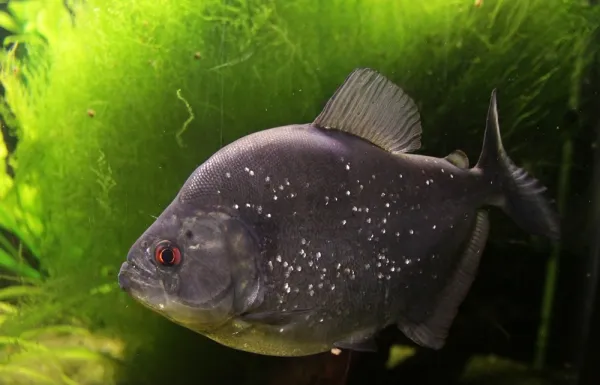
Habitat: Resides in the deep ocean, usually at depths below 200 meters where sunlight barely penetrates.
Characteristics and Dangers:
Anglerfish are famous for the bioluminescent lure on their head, which glows in the dark and attracts unsuspecting prey.
When a small fish approaches the glowing lure, the anglerfish lunges forward and swallows it whole.
Though not a direct threat to humans, it is one of the most efficient predators of the deep sea.
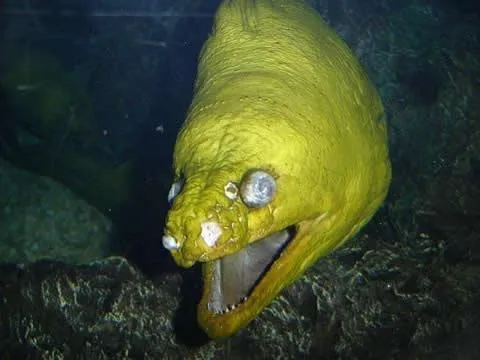
Habitat: Found in tropical and subtropical oceans, especially in coral reefs and rocky crevices.
Characteristics and Dangers:
Moray eels are ambush predators, lying in wait inside crevices and striking quickly when prey passes by.
They have two sets of jaws: the outer jaws bite and hold the prey, while the inner pharyngeal jaws pull the prey deeper into the throat.
Some moray eels secrete or harbor bacteria that can cause infections in bite wounds.
Although they rarely attack humans unless provoked, their bites can result in serious injuries and infections.
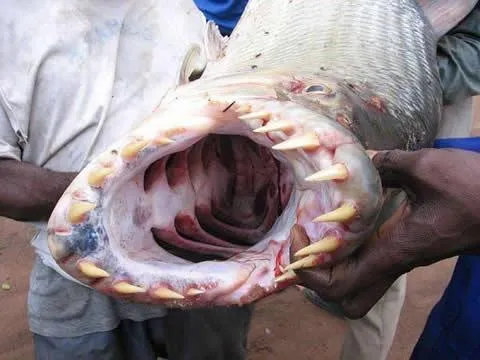
Habitat: Inhabits large rivers and lakes of Africa, such as the Congo and Zambezi.
Characteristics and Dangers:
Tigerfish are among the most formidable freshwater predators in Africa.
They are known for their large, dagger-like teeth and powerful jaws.
These agile hunters can capture and consume prey as large as themselves.
Because of their speed and aggression, they are sometimes referred to as the “freshwater sharks of Africa.”
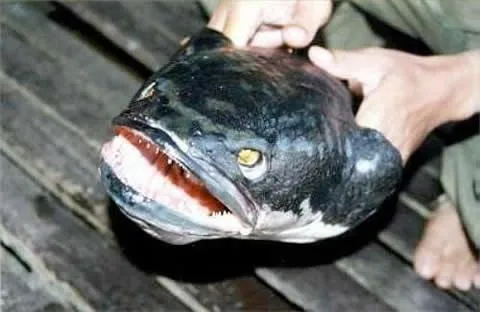
Habitat: Native to freshwater environments in Asia and Africa, but now also found in some parts of North America as an invasive species.
Characteristics and Dangers:
Snakeheads have long, sharp teeth and are highly adaptable predators.
They can consume a wide range of prey, including fish, amphibians, and even small birds.
Remarkably, they can breathe air and survive out of water for short periods, enabling them to move across land between water bodies.
They pose little direct threat to humans but can bite if cornered or threatened.
Their aggressive feeding and invasive nature make them a serious ecological concern.
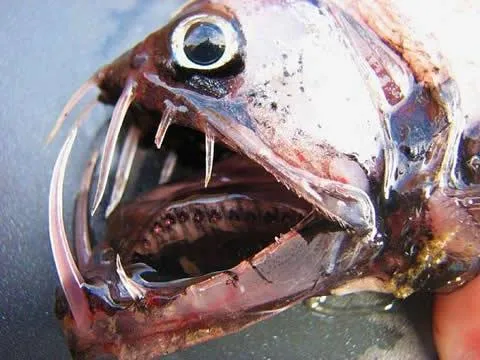
Habitat: Found in deep ocean waters, typically at depths of 200–5,000 meters.
Characteristics and Dangers:
The viperfish is relatively small (usually 30–60 cm long) but possesses long, needle-like teeth.
It uses a light-producing organ to lure prey close before snapping its jaws shut.
Viperfish are capable of devouring fish even larger than themselves.
While harmless to humans, they are among the most formidable predators of the deep sea.
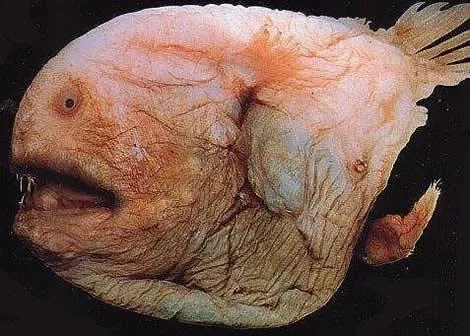
Habitat: Distributed in deep tropical and temperate seas worldwide.
Characteristics and Dangers:
Despite growing to only about 15–20 cm in length, fangtooth fish have enormous fangs relative to their body size.
These teeth fit into special sockets in the upper jaw, allowing them to close their mouths despite their size.
Their appearance is fearsome, but they pose no direct threat to humans.
Fangtooths are a vital mid-level predator in deep-sea ecosystems.
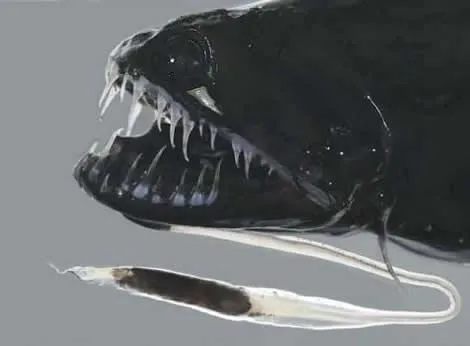
Habitat: Lives in the deep Atlantic, Indian, and Pacific Oceans.
Characteristics and Dangers:
Dragonfish are known for their large, strong jaws lined with sharp teeth.
They often lie hidden in the darkness of the deep sea, using their bioluminescent lure to attract prey.
When a potential meal gets close, they strike swiftly and consume it whole.
They are among the dominant predators of the deep ocean food chain.
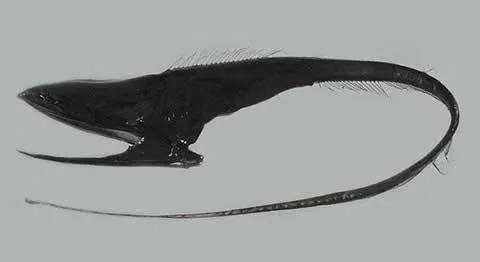
Habitat: Found at depths ranging from several hundred to a few thousand meters in the open ocean.
Characteristics and Dangers:
Gulper eels are relatively small-bodied but have an enormously expandable mouth that allows them to swallow prey much larger than themselves.
They are rarely seen by humans and are not considered dangerous to people.
Their unique feeding adaptations make them a fascinating subject for marine scientists.
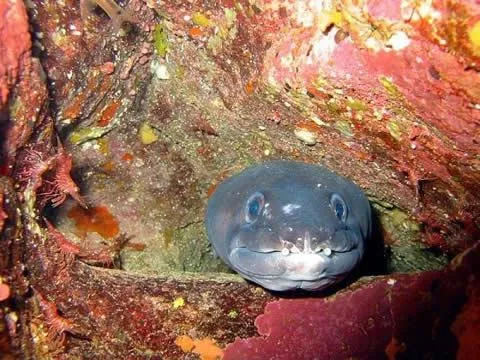
Habitat: Common in the Atlantic Ocean, the Mediterranean Sea, and coastal shallows.
Characteristics and Dangers:
Conger eels are large, muscular predators, often reaching lengths over 2 meters and weighing several dozen kilograms.
They have powerful jaws and can deliver strong bites, occasionally injuring fishermen or divers.
They play an important role as top predators in coastal ecosystems.
These fish species, though diverse in size and habitat, share traits that make them formidable hunters—specialized teeth, unique predation techniques, and adaptations to extreme environments.
Many of them pose little direct threat to humans under normal circumstances, but they demand respect and caution in the wild.
Several of these species face population declines due to overfishing, habitat loss, pollution, and climate change, highlighting the need for their conservation.
Understanding their ecological roles helps us appreciate the complexity of aquatic ecosystems and the importance of maintaining biodiversity.
By respecting these remarkable predators and protecting their habitats, we contribute not only to the preservation of these species but also to the health and balance of the world’s rivers and oceans.
animal tags: most dangerous fish
We created this article in conjunction with AI technology, then made sure it was fact-checked and edited by a Animals Top editor.